March 711 (1971) - The Teatray
In 1971, March was into its second season as an F1 constructor, with Max Mosley among the founders of the team. Its debut season of 1970 had gone well, with reigning world champion Jackie Stewart even using a customer 701 model to win in Spain whilst Tyrrell's own 001 was in development.
But in 1971, March went radical. Its front wing was mounted on a high strut above the nose, affectionately earning the 'Teatray' moniker. The idea was to create smooth airflow over the wings - still in their early days. And it worked.
Ronnie Peterson took five podiums, including four second-places, to finish as runner-up to Stewart in the standings. In Austria, a 711 was entered for a local driver making his debut, one Andreas Nikolaus Lauda...
Ligier JS5 (1976) - The Teapot
Ligier's 1976 machine earned the nickname of 'The Teapot' because of a preposterously sized airbox channelling air to the mighty Matra V12 engine bolted in the back.
The design was solely for performance reasons, but following the Spanish GP of that year, rules were changed, and the oversized airbox was outlawed. In a more conventional-looking car, Jacques Laffite took three podiums and a pole for the Italian GP at Monza.
Tyrrell P34 (1976-1977) - The six-wheeler
There was nothing in the rulebook of the mid-1970s that said an F1 car had to have four driving wheels. So, Tyrrell designer Derek Gardner got inventing, and thought: 'If four wheels are good, then six must be better still.'
From the lock-up in Surrey emerged the P34 with four small driving wheels at the front, and the usual two at the back. Upon its unveiling, some members of the press wondered if the machine in front of them was a publicity stunt, but the P34 was not.
And, believe it or not, it won a race. In Sweden later that year, Jody Scheckter and Patrick Depailler combined for a one-two, with 10 podiums overall. Rule changes for 1977 rendered the car obsolete.
Ensign N179 (1979) - The Cheese Grater
The Ensign N179 was an attempt by a small team to find a unique solution to cooling problems. Instead of placing the radiators in the sidepods, they were mounted in the wide, flat nose. This resulted in a ladder-like front end, which earned the car the unflattering nickname "the cheese grater."
Ironically, the car suffered from overheating and a lack of downforce. It was a bold but disastrous experiment.
Ferrari F310 (1996)
Michael Schumacher's first Ferrari was perhaps the ugliest he ever drove.
Maranello had come up with a high nose and boxy sidepod design, which, coupled with the new cockpit head-protection headrests, created a right eyesore.
Schumacher somehow manhandled the car to three wins, including his iconic first win for the Scuderia in the torrential rain in Barcelona, as well as in Belgium, and at Monza.
In 1997, the F310 had become a championship-challenger in the F310B in a more conventional-looking design, until Schumacher got himself disqualified from the championship for suddenly deciding the side of Jacques Villeneuve's Williams looked like a target with a big X painted on it in the finale.
Williams FW26 (2004) - The Walrus
By 2004, the glory days of Williams were firmly in the past, and in a bid to bring them back, the team went radical with its FW26.
Perhaps one of the famous cars in F1 history, the team created the 'Walrus nose', with a short and wide nose cone, aiming to channel air-flow to the rear and create downforce.
It didn't work as the car was twitchy and unpredictable for Ralf Schumacher and Juan Pablo Montoya, who would go on to win in Brazil in the final race after the Walrus had been ditched for a more conventional design.
Ferrari F2012 (2012)
F1 teams faced a quandary in 2012. The rules said that the nose of the car had to be lower, but the teams needed the top of the chassis as high as possible for best airflow.
The result was a series of 'stepped noses' where there was a literal step from the top of the chassis to the point of the nose.
Ferrari was deemed the worst of a bad bunch, although Marussia and McLaren avoided it, although Fernando Alonso somehow dragged his recalcitrant Cavalino Rampante to the cusp of the world title in the greatest non-title-winning seasons in F1 history.
Caterham CT05 (2014)
For 2014, F1's rules were changed yet again, with the FIA keen to improve driver safety by getting the nose as low as possible.
The tip had to be no more than 7.3 inches or 185mm from the ground - and so the teams got thinking.
The Caterham CT05, which went pointless, was perhaps the most egregious. The team went bust by the end of the season, having never scored a point.
Lotus E22 (2014) - The double tusk
At least Lotus went for something different with its 2014 design.
A 'double tusk' design, the nose was actually asymmetrical, with one side longer to meet the FIA's criteria.
It also failed, with Romain Grosjean and Pastor Maldonado only scoring 10 points all season.
Force India VJM07 (2014)
Although Force India's design for 2014 attracted the common obsence comparisons, it was actually competitive, with Sergio Perez banking a podium in Bahrain.
Also interesting:
Join RacingNews365's Ian Parkes, Sam Coop and Nick Golding, as they reflect on the first 14 rounds in this F1 summer break special! Red Bull's early driver change is looked back on, whilst calls from Bernie Ecclestone for Lewis Hamilton to retire are discussed.
Rather watch the podcast? Then click here!
Most read
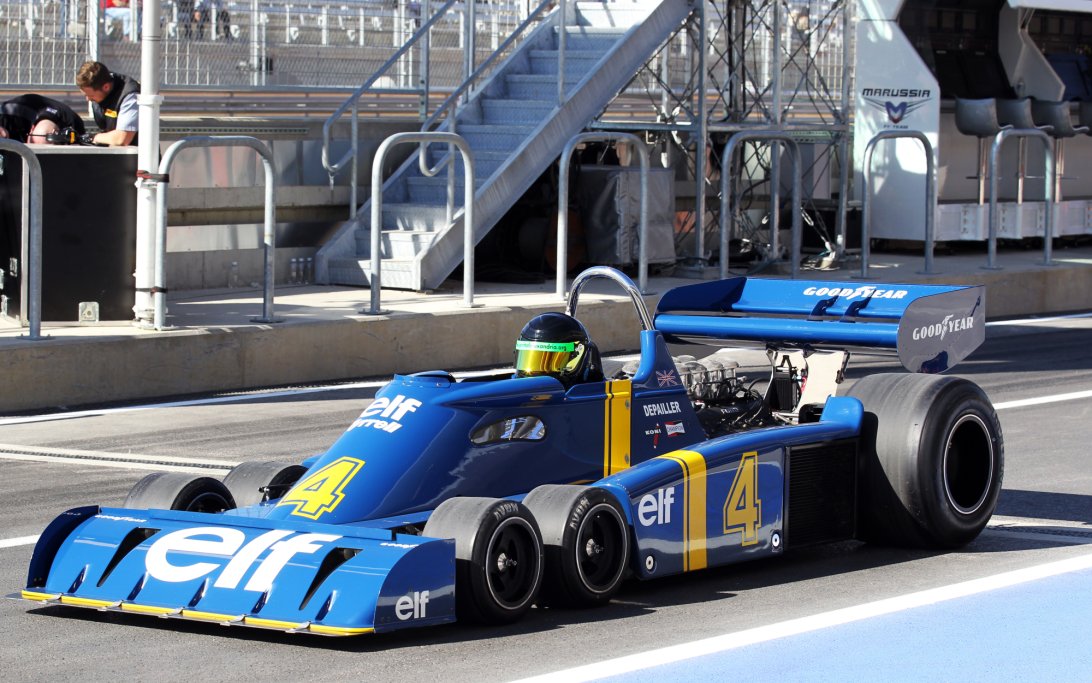

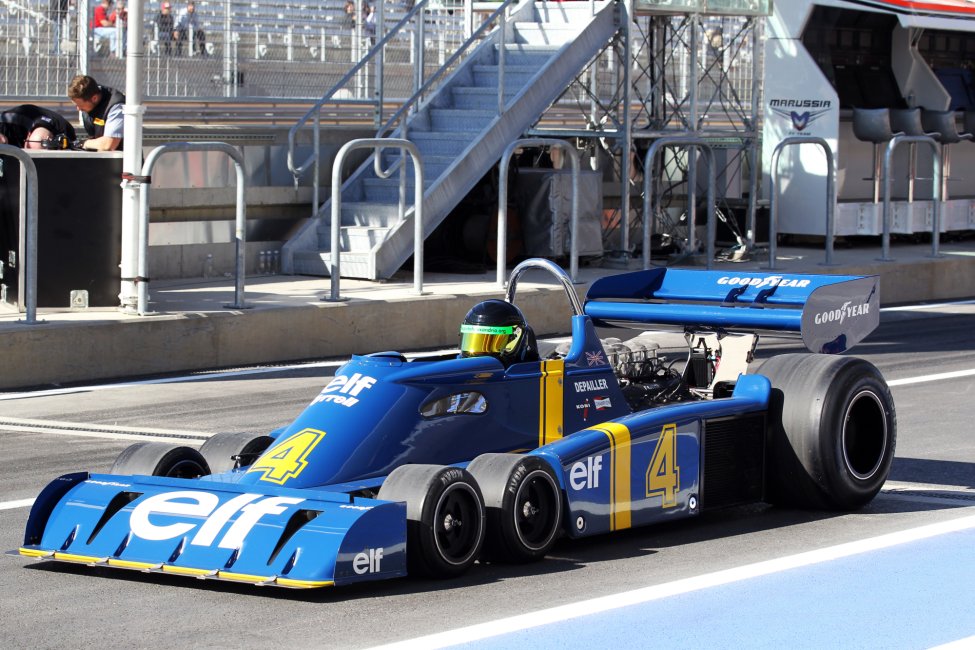
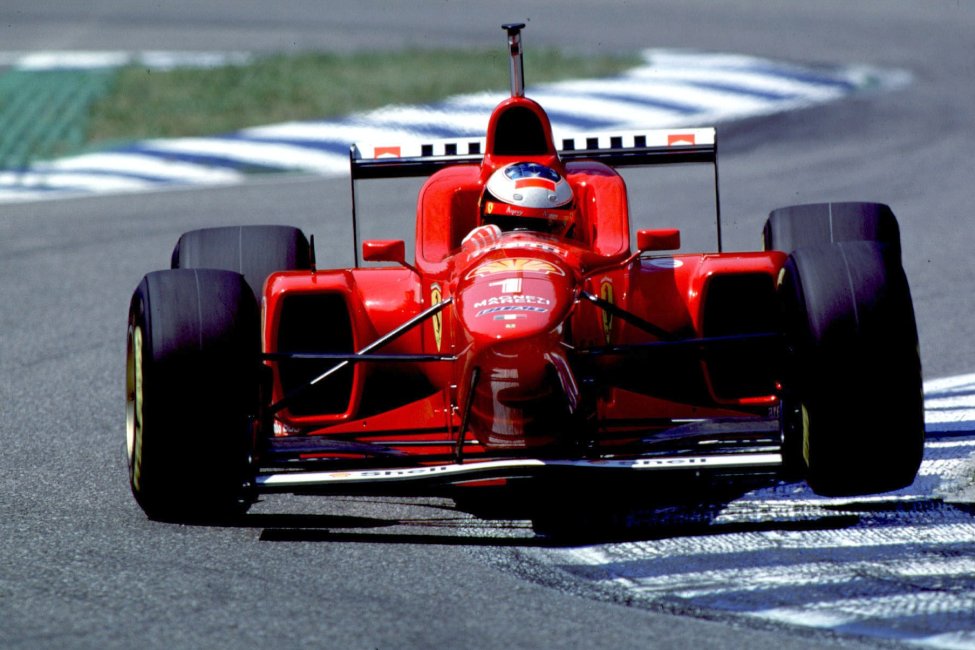
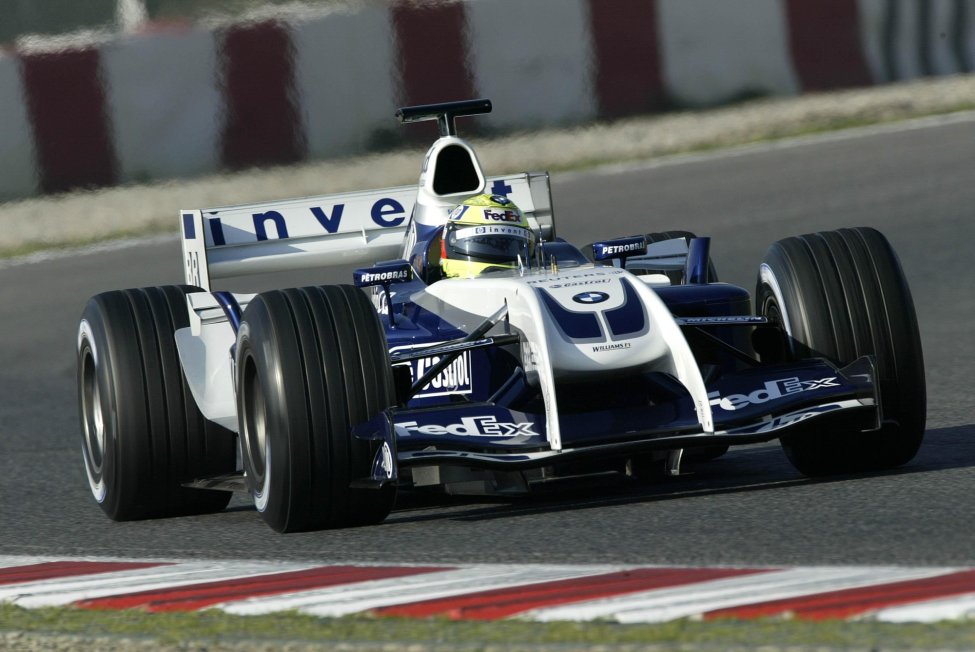

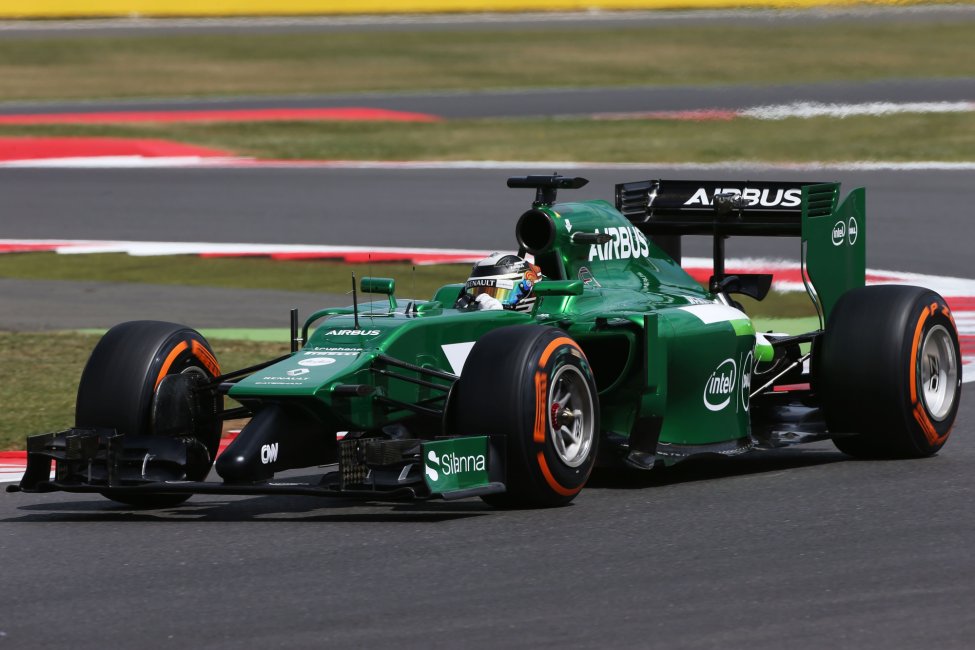
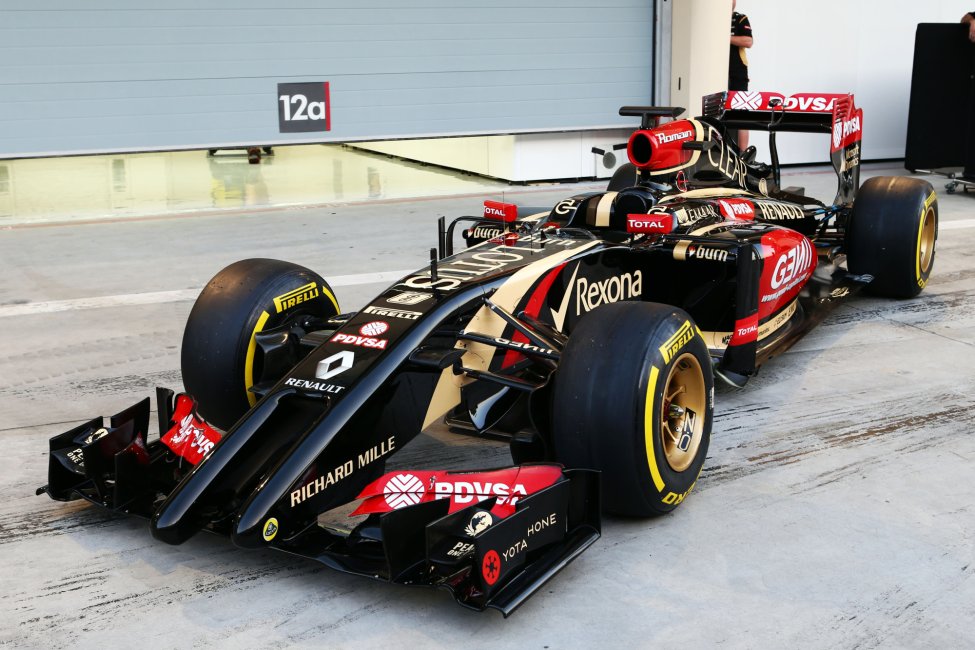
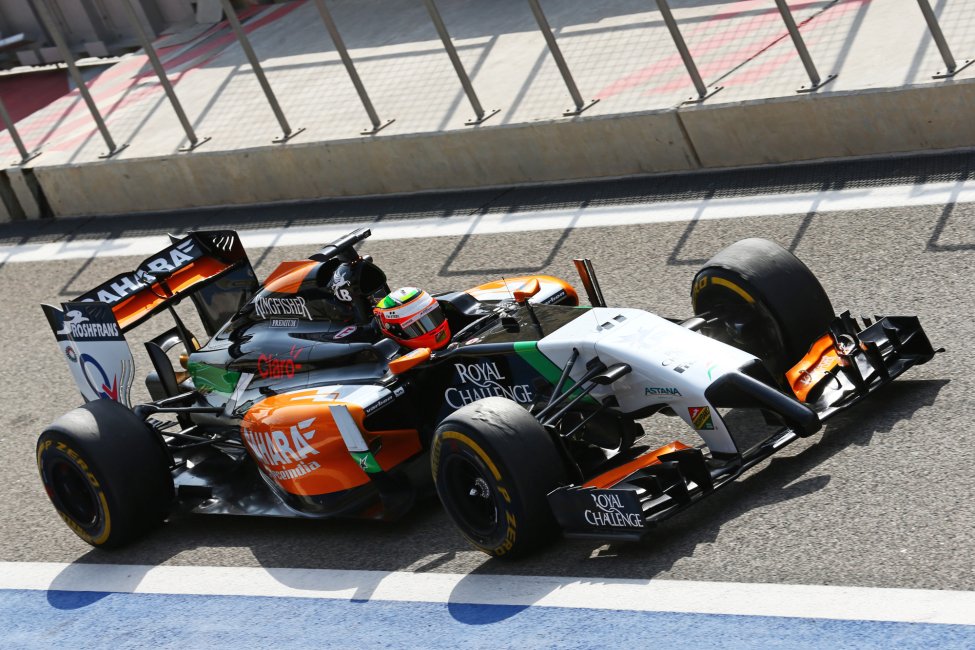


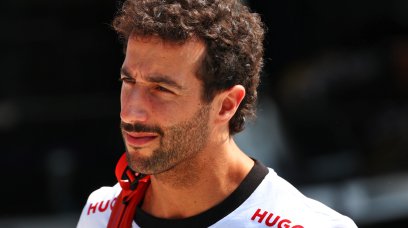





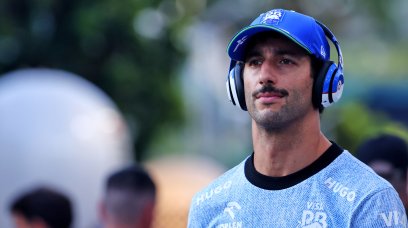















Join the conversation!